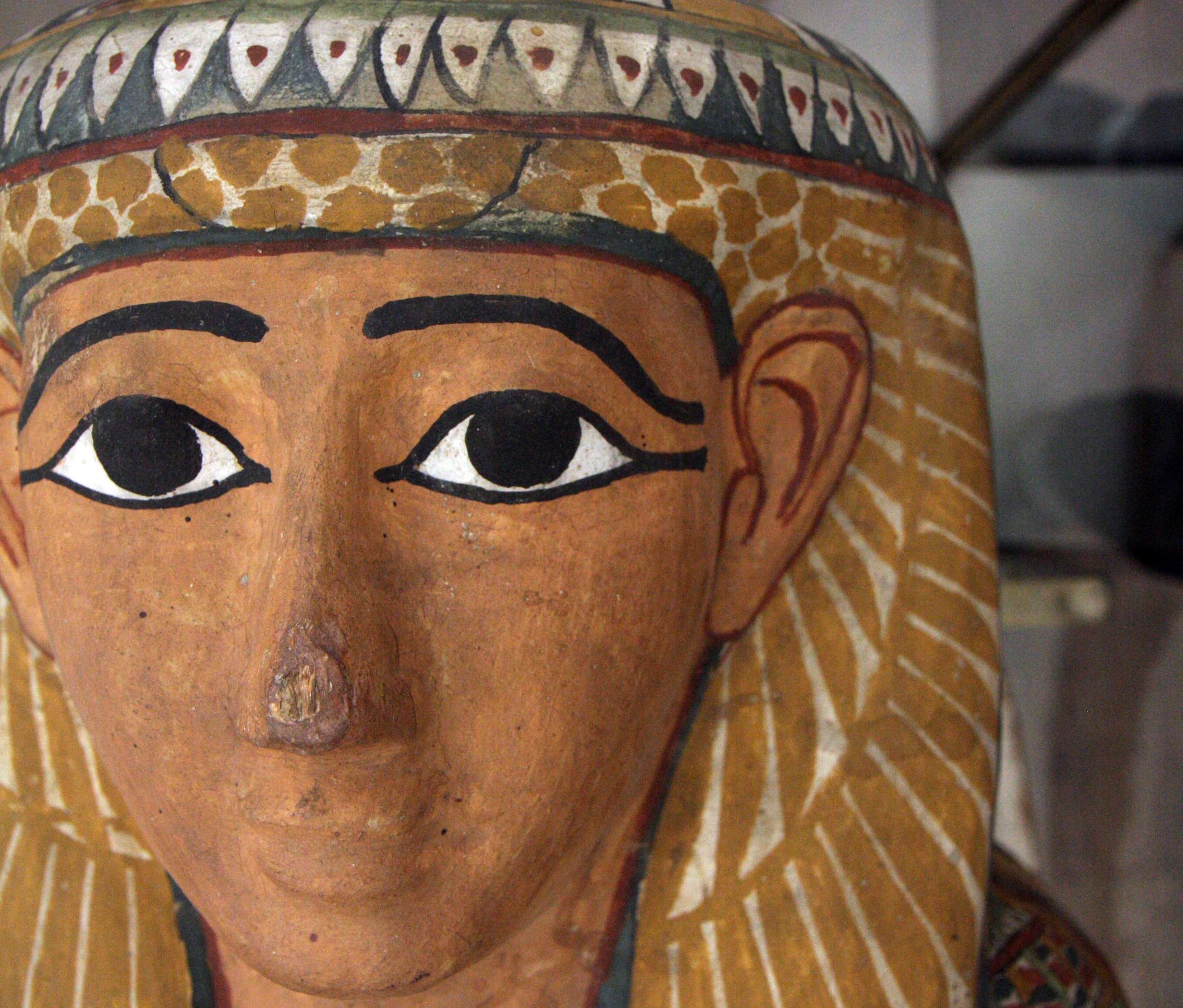The world's second-largest collection of Egyptian artefacts has now fully re-opened.
It has been a five year, €50 million renovation, but now the Museo Egizio di Torino (Egyptian Museum of Turin) has officially re-opened, with an exhibition space that has nearly doubled.
The star draw is the new sarcophagus gallery, wowing visitors with scores of beautifully-decorated coffins. As impressive as they are however, the Egyptian coffin was more about business than pleasure.
A coffin's prime role was protect the body of the deceased, for without a suitable 'home', a spirit was in danger of becoming homeless and the deceased's hopes of a glorious afterlife, dashed.
Often a coffin was painted in sacred hieroglyphs, calling on the gods to protect and guide the deceased on the perilous journey through the Underworld, and ensuring they enjoyed the best of everything once they got there.
Often coffins were layered within one another, like Russian dolls, to provide extra levels of protection for the fragile, linen-wrapped body inside.
Pictured is the wooden coffin of the Lady Menekhermut, in the Museo Egizio collection. Menekhermut lived in Thebes (Luxor) during the Third Intermediate Period (ca. 1069 - 747 B.C.)
During this time power was shared between two ruling hoses. The official pharaonic line was based in Tanis, controlling the Delta, whilst the High Priesthood of Amun at Thebes had effective control of Upper Egypt. It wouldn't be long before Libyan and then Nubian forces took advantage of the weaker Egyptian state and invaded, each ruling the country in turn.
The Turin museum houses the world's largest collection of Egyptian artefacts, outside of Egypt itself. If you are in the neighbourhood, the museum is open Monday 9am-2pm; Tues-Sun 8.30am-7.30pm.
Photo courtesy of Ramón & Chris at Soloegipto. Check out their wonderful gallery of Egyptian photos on Flickr: https://www.flickr.com/photos/31766960@N04/
